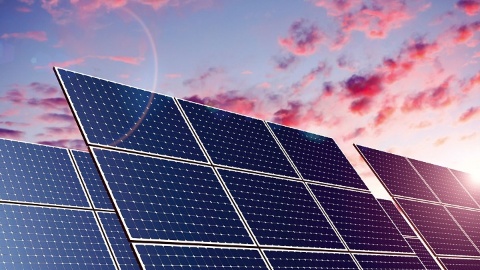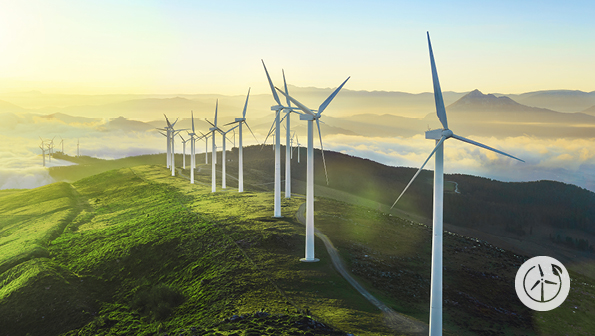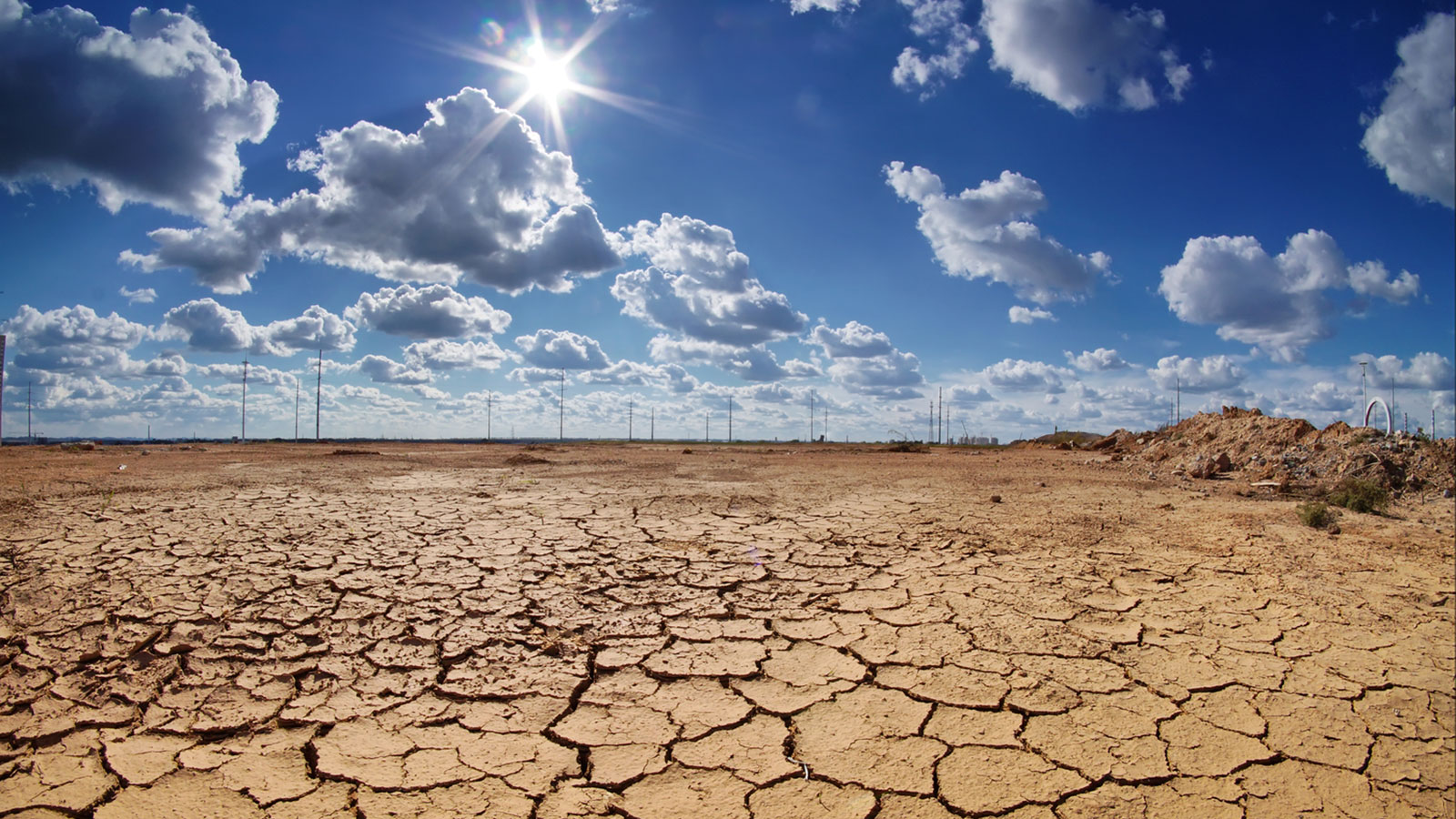
What are renewable energies and what advantages do they offer as opposed to fossil fuels?
The world’s population keeps on increasing, industry is growing – and so too is the demand for energy. Yet fossil fuels such as coal and oil are finite. So what is to be done? The world needs alternative forms of energy that are naturally replenishing and in infinite supply. They include hydropower, solar and wind energy, biomass and geothermal heating. The plants and systems do not emit greenhouse gases or pollutants and so produce energy in a way that is beneficial to the environment and health.
There are even more advantages: Renewable energies make Germany, for instance, less dependent on imports of fossil fuels. The country saves money and can act more sovereign. A high-tech industry is also emerging around alternative forms of energy. Renewable energies are a growth market which is expected to reach a volume of 1,512 billion US Dollars by 2025.
The International Renewable Energy Agency (IRENA) puts the number of jobs in the field of renewable energies at eleven million worldwide in 2018 – an increase of seven percent over 2017. The photovoltaic industry is the largest employer with a workforce of around 3.3 million.
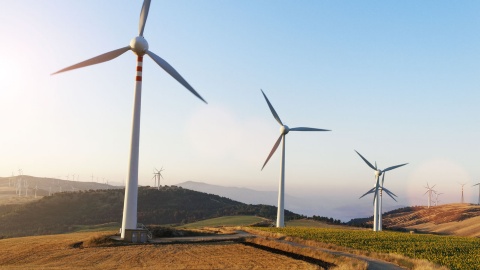
What types of renewable energy and sources are there?
There are five different kinds of renewable energy sources: solar energy, wind energy, hydropower, biomass, and geothermal heating.
Solar energy and photovoltaics
The sun radiates gigantic quantities of energy to Earth – enough in an hour to theoretically supply the entire planet with electricity for a year. Accordingly, photovoltaic modules, which can be found on roofs and open spaces all round the world, are an appealing solution. They use silicon semiconductors that convert the sun’s rays into electricity. Alternatively, heat can be generated from sunlight: Solar thermal collectors warm oil or water with the aid of sunlight. The warm water is then used for heating. Incidentally, the world’s largest solar farm is in China. The Longyangxia Dam Solar Park comprises more than four million panels. They supply around 850 MW of electricity – enough energy for 140,000 single-family homes.
Photovoltaic plants produced 50.6 terawatt hours (TWh) of electricity in Germany in 2020, according to the German Environment Agency – 20 percent of total energy supplied by renewables. In addition, there are currently between 8 and 9 TWh of heat generated by solar thermal systems.
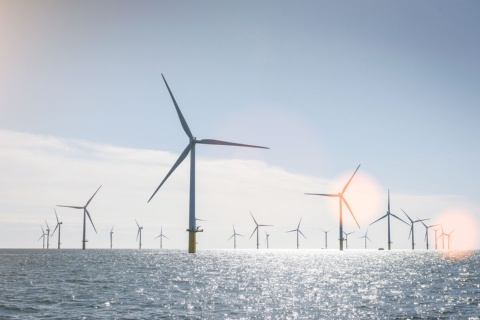
Wind energy
Wind turbines can be found just about everywhere in Germany. The wind causes the rotor to turn. A generator converts the kinetic energy into electricity – like a bicycle’s dynamo.
Wind turbines generated a total of 131 TWh of electricity in Germany in 2020 or 23,7 percent of the whole German gross electricity consumption. The world’s largest wind turbine is located in Germany, at Gaildorf near Stuttgart. The giant is 246.5 meters tall and has an output of 3.4 megawatts (MW).
Hydropower
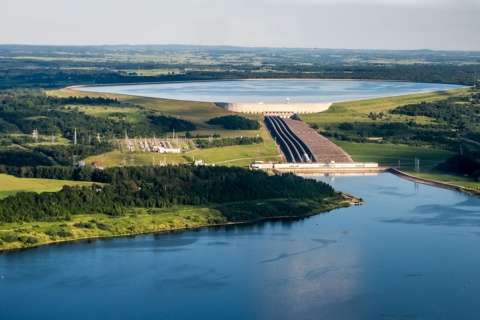
Flowing water also generates energy. Hydropower plants operate with turbines located in a river or a dam wall. The current propels the turbine wheels which in turn drive power generators. The world’s largest hydropower plant is the Three Gorges Dam in China. Its wall is 185 meters high and 2,309 meters long. The plant has an output of 22.5 gigawatts (GW).
Hydropower plays a relatively small part in Germany’s energy mix. The plants produced a total of 18.6 TWh of electricity in 2020 – 7 percent of total energy supplied by renewables. That is different in neighboring Norway. Since it has very many rivers, lakes and waterfalls, hydropower plays a more important role. It covers more than 96 percent of the country’s energy needs.
Biomass
Other sources for generating power include plant and animal waste. If this biomass is combusted in a boiler, heat is released, which then boils water. The resulting steam drives turbines that produce electricity using generators – as in a conventional coal-fired power plant.
Biomass power plants achieve optimum efficiency, if they also make use of the waste heat for heating. The world’s largest biomass power plant is in Polaniece in southern Poland. It outputs 200 MW of electricity.
Biomass power plants generated 50.6 TWh of electricity in Germany in 2020 – 20 percent of the country’s energy mix. However, in 2019 they also produced 152 TWh of heat. All in all, biomass accounts for 88 percent of the total heat produced from renewable energies.
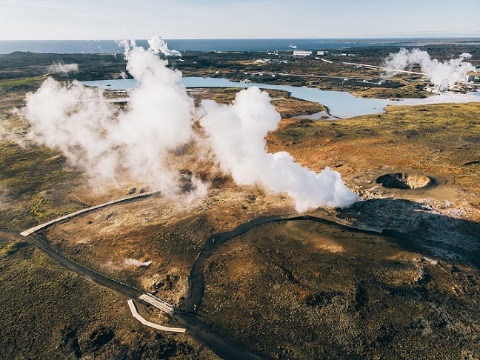
Geothermal heating
Our planet is boiling and simmering under our feet. Every 100 meters further down you go, the Earth’s temperature increases by three degrees Celsius – and even by ten degrees in the Swabian Jura, close to a center of former volcanic activity. That heat can be used to obtain electricity. Enormous drills in geothermal power plants penetrate hundreds of meters deep into the ground. Pumps then convey water into the Earth’s hot interior. At that depth, the relatively cool fluid is converted into steam that drives turbines and hence power generators.
Geothermal power plants play a minor role in Germany compared to biomass ones. They generated around 0.2 TWh of electricity in 2018, as well as 14.7 TWh of heat from geothermal energy and environmental heat.
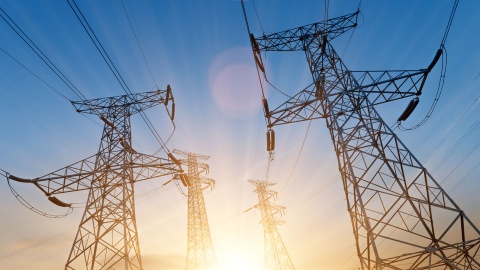
How can renewable energy be stored?
However, renewable energies also entail challenges: The sun does not shine regularly, and wind is changeable. It therefore seems reasonable to store energy from times when there is a high yield of it. But how?
Electrical energy storage devices
- The electricity from renewable energies can be stored in batteries and supercapacitors – although that has not yet been possible to date in any significant volume.
- The power-to-gas approach is likewise an option: An electrolysis plant uses the excess electricity to split water into its chemical constituents, oxygen and hydrogen. The hydrogen can be stored as a source of energy. During the recovery process, fuel cells convert the hydrogen’s chemical energy into electricity.
Natural storage facilities
- Reservoirs: Excess electricity from renewable energies can be used to drive pumps that convey water to a high-lying reservoir. The water flows back to its starting point, passing through power turbines that enable the energy to be recovered.
- A further means of storage: The excess electricity is used by compressors to pump air into underground compressed air reservoirs – in salt caverns or rock layers below the seabed. To recover the energy, the compressed air is injected through turbines that drive power generators.

Renewable energies in Germany
Under Germany’s Climate Action Plan 2050, electricity is to be predominantly generated in a greenhouse gas-neutral manner by 2050. Policymakers have mapped out milestones as part of that. The share of renewable energies is to be up to 45 percent by 2025. Consequently, the German Renewable Energy Sources Act (EEG) obligates network operators to primarily connect renewable energy plants to their grid.
And how much progress has Germany made so far? A total of 233 TWh of energy was generated from renewable sources in 2020. This is an increase of 4.1 percent compared to 2019.
That means renewable sources produce 45.4 percent of Germany’s electricity and 15 percent of its heat. The country reduced CO2 emissions by 227 million tons as a result. On one day, January 28, 2018, green energies even catered for 81 percent of power consumption in Germany.

Renewable energies worldwide
The use of renewable energies is also being expanded worldwide. Global generation capacity at the end of 2018 was 2.799 GW, according to the International Renewable Energy Agency (IRENA). That is roughly a third of worldwide power capacity. Hydropower accounts for the largest share (1,140 GW), followed by wind energy (622 GW) and solar energy (584 GW).
Lately, renewable energy capacities grew by sharpest in Oceania (17.7 percent), followed by Asia (11.4 percent) and Africa (8.4 percent).
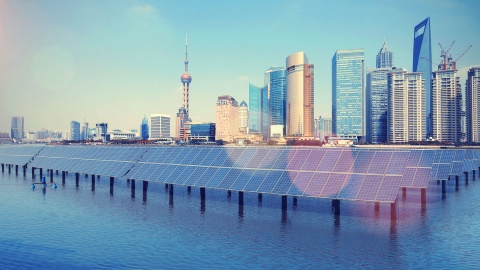
What further renewable energies might be added in the future?
Researchers worldwide are experimenting with further renewable energies. The U.S. company Solaren intends to build solar farms in space to harvest the sun’s energy even more efficiently. Another new approach is floating solar power plants. They achieve higher efficiencies due to the fact that the array of panels is cooled by water. And there is a pilot plant in which turbines convert tidal currents into energy off the coast of North Devon in England.
The Swedes are also experimenting adventurously. Scientists aim to cover the facade of a high-rise building in Stockholm (Söder Torn) with a sort of hairy coat consisting of millions of tiny hairs that have a core of piezoelectric materials. When the hairs move in the wind, they generate electricity. So, what the future of renewable energies holds in store promises to be exciting.
Last update: July 2021
